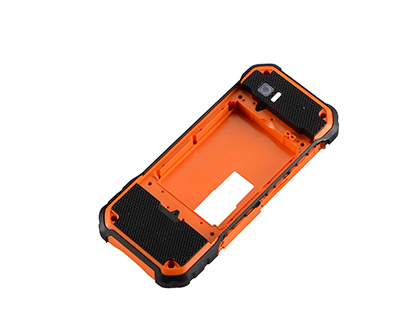
Liquid silica gel manufacturers tell you that silica gel is a comprehensive production of the form, there are irregular particles (crystal appearance) or irregular. A microporous structure locking cavity provides a very high surface area (800 square meters per gram). It is such a structure that makes silica gel a high performance desiccant. Stick to the surface of the gel with water molecules because it has a lower vapor pressure than the surrounding air. When the pressure is equal, no more adsorption occurs. The higher the humidity of the surrounding air, the greater the amount.
Standard white silica gel is called do not show because it absorbs moisture and does not change. Non - indicated silica gel is inexpensive and effective and can be loose into bulk or packaged sachets. Self - showing silicon gel moisture - sensitive additive added to basic silica gel. The indicator changes the color of moisture adsorption to visually indicate silica activity levels.

A silicone strip is a product produced with silica gel and has many different self-revealing silicone gels: orange, dark green. Using the organic logo this silicone provides a very strong orange (dry) for dark green, nearly dry color variations, mainly for low-dust beaded particles versions are also available. Colorless orange, using iron salt as an additive, this high-capacity desiccant changes from a deep orange to a very pale yellow in a tired state. The robustness of this index makes the silica gel suitable for repeated regeneration and reuse.
Orange indicates that silica gel is non-toxic material and blue pink indicates that silica gel is classified as toxic material in 2000. Blue pink, which is indicated in cobalt chloride, is responsible for the toxic label cobalt in this product handling limit.
Silica gel as a desiccant material. Silica gel has many other properties, silica gel sealing ring is recommended as a desiccant. Quality and efficiency are important factors. It has an almost infinite life if stored in confined conditions. It can be regenerated and reused if needed. Gently heating the silica gel will drive away adsorbed moisture and leave it ready for reuse. It is a very inert material, it usually does not attack or other materials corroded by strong alkali and hydrofluoric acid exceptions themselves are resistant to attack.